
A diet that does not contain any foods which comprise gluten is called a gluten free diet. Gluten is a type of protein and there are numerous foods which contain it such as wheat, barley, rye, malts and triticale, among others. Gluten is mainly added as a flavoring or an ingredient which can make certain products thicker or stable. Some of the products where gluten is used in this way are ice-cream and ketchup. Dextrin is the name of gluten which is most often added to foods. Apart from individuals who do not wish to consume gluten, gluten-free diet can be also prescribed to people suffering from certain medical conditions such as celiac disease, wheat allergy and dermatitis herpetiformis, for instance.
Gluten Free Body
Apart from the above mentioned foods, oats are another food that a gluten free diet may leave out. The experts are still unsure whether oats represent an allergen to those who are diagnosed with celiac disease. Another problematic issue concerning oats is that they can be cross-contaminated in milling facilities by various other allergens.
Even though some diet may be referred to as gluten free, the actual situation in the majority of diets is that gluten is not completely absent and may cause problems to people who are sensitive to this protein. The level at which gluten is harmless is another topic upon which experts’ opinion is divided. The topic is still controversial. A certain study proved that as long as no more than 10 mg of gluten is consumed every day there is no worry about potential histological abnormalities.
The regulation of gluten free is not the same in every country and this is the reason why people need to be careful when purchasing products labeled as such. The situation is slightly different in the United States where the FDA issued regulations which limit gluten-free products not to contain more than 20 ppm of gluten. These regulations were issued in 2007. The standards are the toughest in Australia where foods labeled as gluten free are not supposed to contain more than 5 ppm of gluten. There is not a country in the world that has smaller amount of gluten detectable at the moment. The protein is removed from the gluten containing grains during the very processing.
Foods that do not Contain Gluten
Not all the sources of starch and grains are excluded from a gluten free diet. There are some which experts have labeled as acceptable for this special diet. Some of these grains and starch are corn, potatoes, rice and tapioca. Tapioca comes from cassava. Apart from the mentioned foods which are used more often than others, there are also amaranth, arrowroot, millet, montina, lupin, quinoa, sorghum, taro, chia seed and several others. Due to the fact that gluten free products lack protein and dietary fiber, different types of bean, soybean and nut flours are used in order to replace them. For instance, almond four is an excellent substitute for flour and it does not contain a lot of carbohydrates. In addition, almond flour also has a low glycemic index. Another flour, which can be used since it is gluten free is gram flour. This flour is made of chickpeas.
Food is not the only source of gluten and this is why it is vital for all the ingredients of over-the-counter or prescription medications and vitamins to be checked. The protein can also be an ingredient of various cosmetics like lipsticks, lip balms and lip gloss. A person who wishes to follow a completely gluten free diet needs to pay attention to these things as well.
A person who has decided to stick to gluten free diet must completely avoid certain foods such as beers, breads, candies, cakes, cereals, cookies, crackers, gravies, pastas, salad dressings, sauces, processed luncheon meats and soups.
Amazingly but gluten free diet has showed excellent results when patients suffering from celiac disease are concerned. These patients do not suffer from severe symptoms and complications which accompany the disease as long as they follow the diet. As a matter of fact most patients suffering from celiac disease need to follow this particular diet for the rest of their lives. Sometimes the diet alone is not enough to relieve the symptoms and the patient is additionally prescribed certain medications.
However, there are certain risks which accompany a gluten free diet. For instance, insufficient level of some vitamins is reported in most cases. Vitamins and minerals which people on gluten free diet usually lack are iron, calcium, fiber, thiamin, riboflavin, niacin and folate.
Those who follow the diet for a long time may experience diarrhea and abdominal pain once they decide to consume gluten, either on purpose or by accident. These symptoms are not always present but that does not change the fact that the person has caused damage to his/her small intestine.


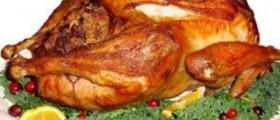
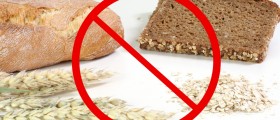
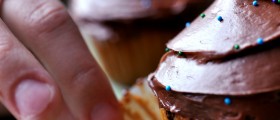
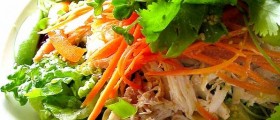
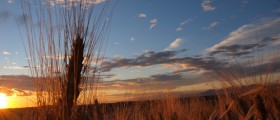
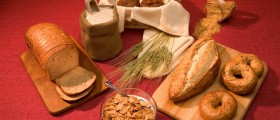
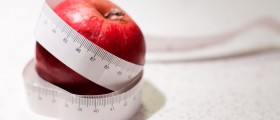
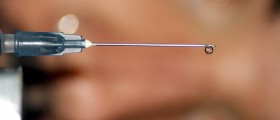
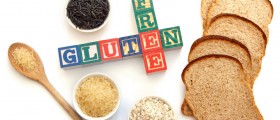
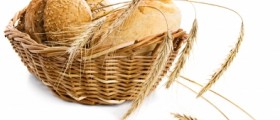
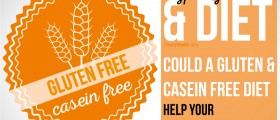
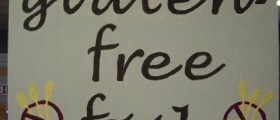
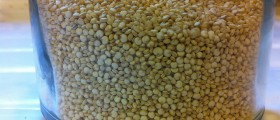
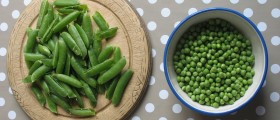
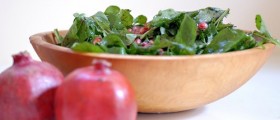
Your thoughts on this
Loading...